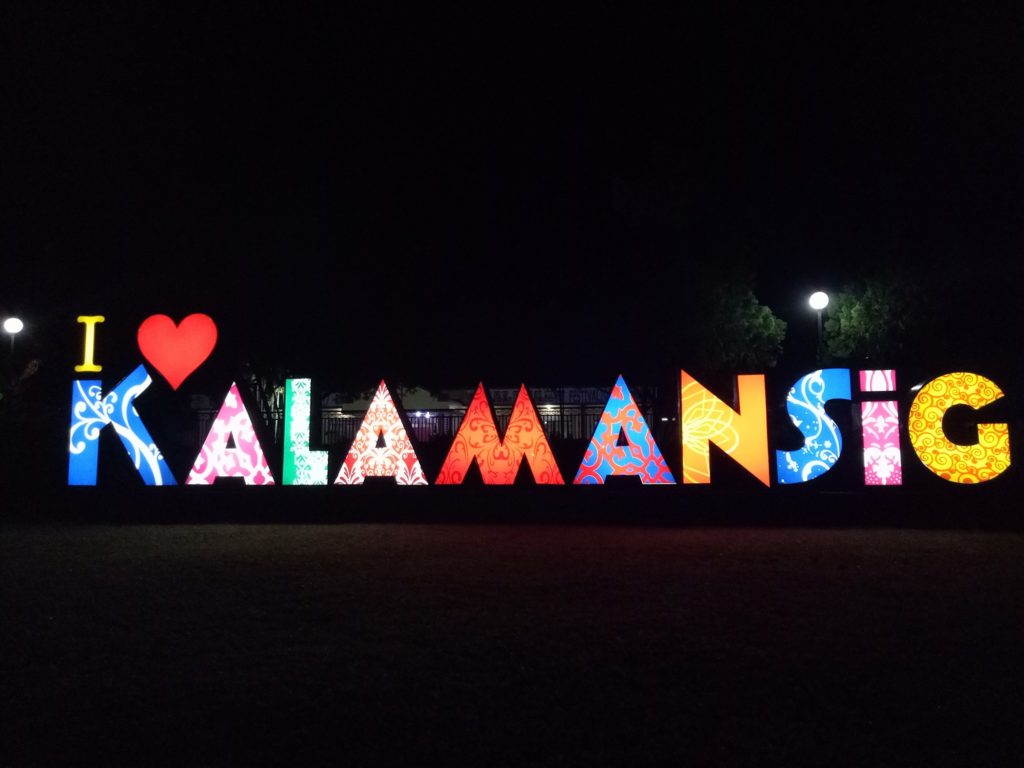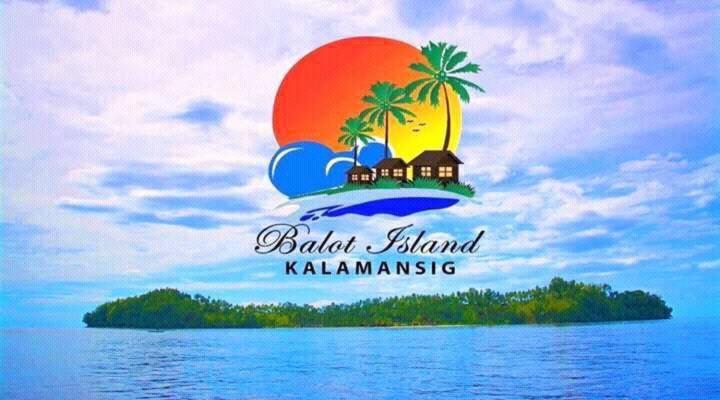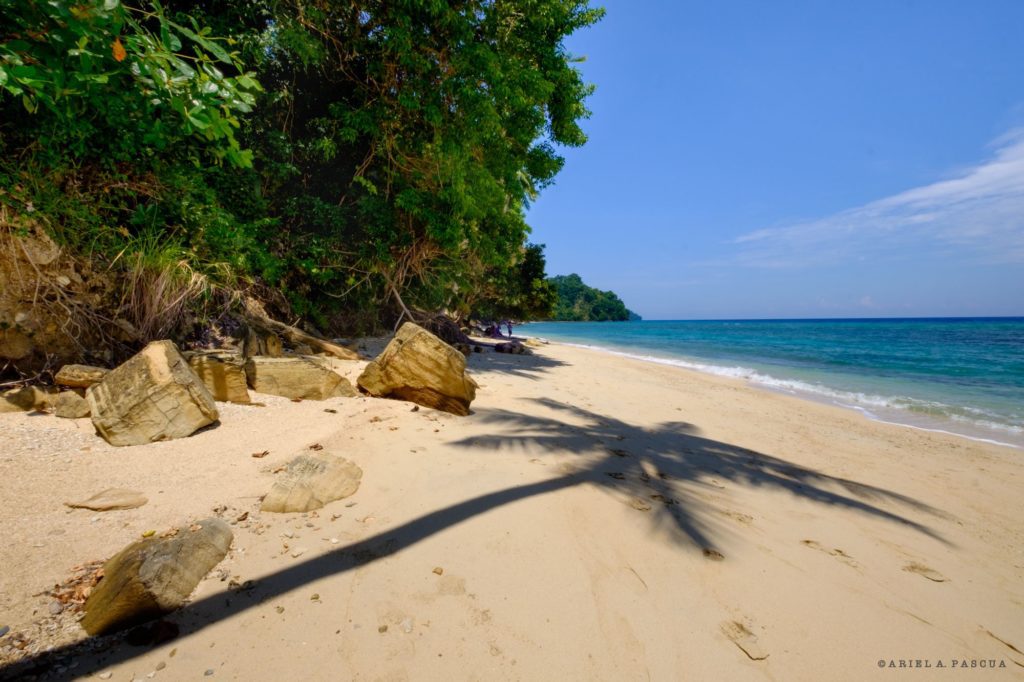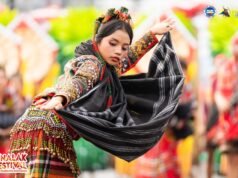KALAMANSIG SULTAN KUDARAT

The primary sources of income for the residents are fishing and farming. The marine habitat of the municipality is home to many species of marine animals and plants; one of the most notable among them is the gigantic Tamilok, which is the biggest shipworm species on earth. This species is only located in the Kalamansig area and is not found elsewhere anywhere else in the world, which makes Kalamansig Sultan Kudarat an important area of biodiversity. Once hunted by locals, the huge Tamiloks are now protected by the municipal government and, specifically, the hunters of the species, following research that confirmed the significance of the species to the biodiversity of the area.
The closest point of entry is via Cotabato Airport in Cotabato City. It is easily reached via the sealed Upi-Lebak National Road. The safe and convenient public transportation that runs directly to Kalamansig is also accessible from the NCCC Mall Davao to General Santos City Public Terminal, Cotabato City’s Lebak-Kalamansig terminal, and Tacurong City Public Terminal.
Like the names of many other places in the Philippines, Kalamansig’s name comes from several myths. The most popular legend among the Manobos, the Manobos, a group that was among the early inhabitants of the area, stated that the name was derived from the word called “Kulaman-su-wayeg,” which literally translates to “Kulaman in the water.” Kulaman is believed to have been an infamous King of the Valley in the 17th century. According to legend, the story goes that a long-running drought struck the region, and the Sultan, a loving father and a reliable provider for his family, went out on his own and began to gather cassava, an essential food for the Manobos, to be used for consumption. When he returned home, the Sultan opted to wash the crop in a river; however, a powerful and sudden stream came in and lifted the Sultan’s aging feet, dragging him downstream. He drowned during the process. The body was later discovered and retrieved downriver, which led to the creation of the term “Kulaman-sa-ig” (Kulaman in the water).
The name was changed to “Kalamansig,” which later became the official name. In honor of the Manobo chief of the tribe, the river in which the man was discovered was named after him, and later the entire upper valley was referred to as “Kulaman.” This barangay now forms an element of the municipality of Sen. Ninoy Aquino.
History
Lebak, which is now the municipal district of Lebak, used to be the seat of government in Kalamansig Sultan Kudarat. The first attempt to separate occurred in the year 1947. Lebak (presently Kalamansig) was in the municipality of Kiamba, and Salaman (now Lebak) was in the district of Dinaig on the 18th of August 1947, in accordance with executive order No. 82. Then it was joined under one separate municipality, which was Lebak, on December 31st, 1948. The government seat was moved to Salaman in April 1951.
The Municipality of Kalamansig was formed from certain barangays in Lebak and Palimbang ten years after it was officially established by Executive Order No. 459 on December 29, 1961, signed by Carlos P. Garcia.
It has 20 barangays as well as sitios created from Lebak: Pitas, Lun, Pedtegenan, Dansalan, Madu, Santa Clara, Port Lebak, Lenek, Sebayor, Nalilidan, Calubcub, Bosawon, Camp III, Poral, Limulan, Simsiman, Cadiz, and Tipudos. The eight barangays and sitios that are taken out of Palimbang include Sangay, Mat, Danawan, Paril, Babancao, Basiawan, Narra, and North Kulaman.
Kalamansig Sultan Kudarat was transferred from Cotabato Province to the Province of Sultan Kudarat on November 22, 1973, as a result of the Presidential Decree No. 341 by President Ferdinand Marcos. Kalamansig is just a few miles from the epicenter of the devastating earthquake of 1976. Moro Gulf earthquake
Residents of their municipal water discovered massive shipworms in 2004. In 2017, the shipworms were officially studied by scientists from both the local and international communities. The study proved that the massive Kalamansig Tamilok is known as kuphus Polythalamia and is the biggest known species on the planet. Thanks to this study, Kamalansig became the first and only permanent habitat for the threatened species.
Location
Kalamansig is a municipality on the coast located east of Sultan Kudarat. Limulan River is the longest of the rivers is the longest river in Kalamansig, with a total distance of (17 miles).
Barangays
It is politically subdivided into 15 Barangays:
- Bantogon
- Cadiz
- Datu Ito Andong
- Datu Wasay
- Dumangas Nuevo
- Hinalaan
- Limulan
- Nalilidan
- Obial
- Pag-asa (Sultan Gunting Mopak)
- Paril
- Poblacion
- Sabanal
- Sangay
- Santa Clara
- Santa Maria
Economic and Agricultural Development
Kalamansig Sultan Kudarat is one of the municipalities within the Province of Sultan Kudarat, Philippines, where the bulk of the inhabitants depend on fishing and farming as their primary sources of income. Fishing and agriculture contribute significantly to the local economy and are the main source of income for the local population.
Rice is among the most important crops within Kalamansig, which is also a main food item for the inhabitants of the area. The rich soil and the favorable climate in the region make it an ideal location for the cultivation of rice. Corn is also an important agricultural crop in the region which provides both food items for local consumption and the farmers with income.
Fishing is a another source of income for Kalamansig. In Kalamansig, the Surallah River and surrounding bodies of water contain diverse fish species and make fishing an important activity for the local community. Fresh fish is caught every day and is sold in the market in the area, offering the protein needed for the entire community.
Coconut and coffee are also important commodities in Kalamansig Sultan Kudarat, with coffee produced in the hills surrounding it and coconut growing along the coastline. Both are significant sources of revenue for the farmers. They are sold at local markets or exported to other areas.
Festival in Kalamansig Sultan Kudarat
The Salagaan Festival in Kalamasig Sultan Kudarat is an annual celebration that takes place in the Philippines. The festival is held to honor the town’s rich cultural heritage, and it is known for its vibrant parades, traditional dances, and food fairs. The Salagaan festival 2023 is celebrated to pay tribute to the town’s bountiful harvest of rice and other agricultural products. It also showcases the different traditional customs and practices of the local community. The festival is a colorful and lively event that attracts locals and tourists alike. It is a great opportunity for visitors to experience the rich culture and tradition of Kalamasig Sultan Kudarat. The festival usually takes place in the month of August, and the dates of the event are usually announced in advance on the website of the local government of the town.
Tourist Spot “BALUT ISLAND”
One of the most visited places in Mindanao; holidaymakers should look into it this summer or any time of the year. It can be located in this beautiful remote fishing town, which is located on an unspoiled, beautiful island that faces towards the Celebes Sea, sparsely inhabited by residents.
Locals refer to it as Balut Island, although it is also known as Donauang Island, about an hour’s journey by motorized boat from Poblacion.
This means that it gives Mindanao two amazing Balut Islands, one of which is here and another located in Sarangani town, Davao del Sur.
In contrast to Balut Island in Sarangani, with hundreds of households, Balut Island here hosts just 15 households from the Manobo and Tausug tribes that live in harmony and peace. “We have beautiful diving and snorkeling spots around the island,” said Datu Kiram Ajijul, village councilor for Barangay Paril Datu Kiram Ajijul, village councilor of Barangay MindaNews.
Divers from up to Cebu City have gone around the diving spots on the island and discovered an amazing underwater ecosystem said the official.
Balut Island, so named because of its egg-shaped appearance, makes up the Paril-Sangay Marine Protected Area.
With its turquoise waters lining Balut Island’s white sand beachfront, Sunbathing and swimming are much more enjoyable when large waves slam into the shorelines.
The best part is that tourists can visit the island at no cost. Yes, no entrance fees. Put up a tent, barbecue at the bay, and take a dip in your heart’s desire. Some of the most enjoyable things you can do are available for free at Balut Island.

A word of caution, but don’t take pork as there are Tausugs living on the island who believe in Islam.
It’s also recommended to discuss the matter with Alijul or the elders from Purok Mangga and register in the logbook of visitors as an act of courtesy towards the residents. Purok Mangga is adjacent to Balut Island and about 10 minutes via motorized boats.
Purok Mangga, home to Tausugs, is already a stunning beach getaway featuring its white sand beaches as well as the stunning turquoise waters.
The purok, as well as eventually Balut Island, would be accessible via land after the Kalamansig-Palimbang highway is finished. In the Philippines, sun-dried Dilis (anchovies) can be purchased as pasalubong for just P100 per Kilo (can be cheaper if skilled at bargaining).
It’s a must to carry water and food in the direction of Balut Island or Purok Mangga and a tent if intending to stay overnight because there aren’t hotels or restaurants. At present, despite plans to build cottages for tourists to Purok Mangga, this area is an unspoiled and plain paradise.
At present, a boat ride, which could be hired for P1,500 per day, is the most efficient method to get to Balut Island.
There is a regular passenger boat that costs P40 per head from the Poblacion up to Barangay Paril, from where tourists can rent boats to get to Balut Island less than 30 minutes away.
The boat ride of one hour from the portion towards Balut Island offers breathtaking views of the villages along the coast of the town, where rocks and cliffs abound with greenery.
Getting to Kalamansig Sultan Kudarat
Kalamansig is located in the province of Sultan Kudarat, in the southern part of the Philippines. The town is accessible by road, with regular bus services connecting Kalamansig to major cities in the region. Visitors can also fly into nearby General Santos City and take a bus to Kalamansig Sultan Kudarat.
Where to Stay:
Kalamansig Sultan Kudarat offers a variety of accommodation options to suit different budgets and preferences, including budget-friendly guesthouses, mid-range hotels, and luxury resorts. Visitors can choose from accommodations located in the heart of the town or surrounded by nature, depending on their preference.



















